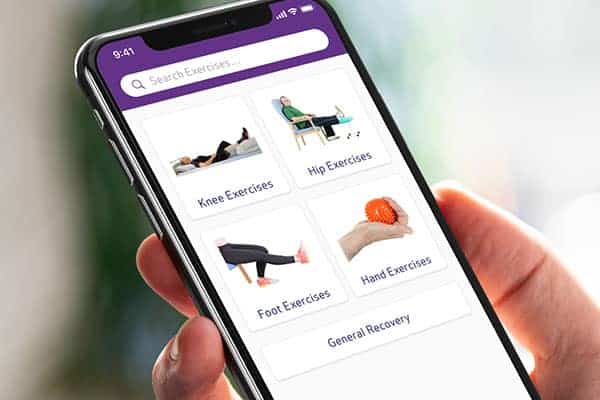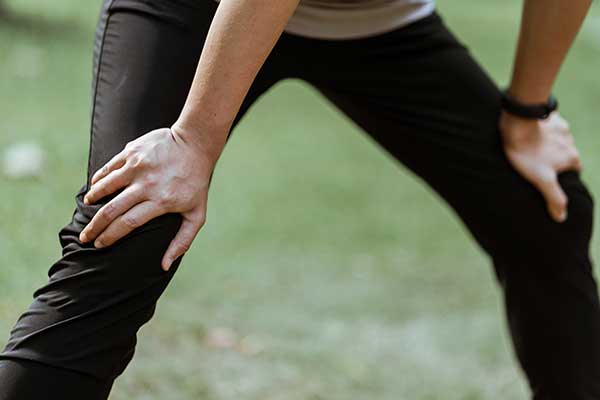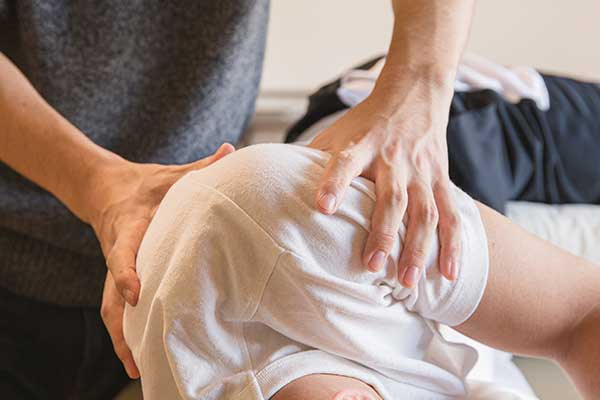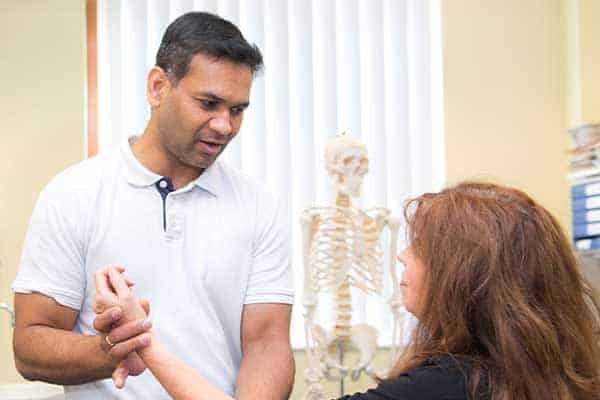The patella tendon attaches your kneecap to your shinbone. You feel pain just below the kneecap when this tendon is unable to cope with the load that is put on it.
What causes patella tendon pain?
The condition that usually causes pain in the patella tendon is known as patellar tendinopathy or tendinosis. Sometimes this is called ‘jumper’s knee’ because it is often associated with sports that involve impact activities such as jumping and running, particularly downhill.
Changing abruptly from low intensity to high intensity training is thought to increase the risk of patella tendon pain, since your tendons have not had enough time to adapt. It has also been linked to poor technique and training on hard surfaces.
You can become more prone to it as your tissues gradually wear down through repeated use.
What are the symptoms of patella tendon pain?
In most cases:
- You feel pain or aching just below your kneecap (patella).
- There may also be some swelling and tenderness.
- The pain increases gradually, rather than through a sudden injury.
- At first, you only feel the pain come on after exercise.
- With time, you may feel pain during exercise, which may get less as you warm up.
- This may eventually develop into constant pain throughout the activity.
How is patella tendon pain diagnosed?
Depending on its severity, you can usually treat patella tendon pain yourself without seeing a doctor, especially if you also change your exercise routine to avoid aggravating the injury.
However, if your symptoms persist, you should book an appointment with your GP since it is possible that untreated patellar tendinopathy can lead to further injury.
What are the treatment options for patella tendon pain?
It is important to manage pain and swelling during the first few days so that your knee has a chance to recover.
Until the pain eases and you feel comfortable resuming your day to day activities, it is best to avoid running and jumping.
However, you can start immediately with exercises to maintain and build up the strength of your patella tendon and the quadriceps muscles that work with it to control your knee. Just avoid anything that makes the pain get worse.
When resting, put an ice pack on the lower kneecap area for 10-20 minutes, every 2-3 hours, to relieve pain. (Do not put ice directly next to skin as it may cause ice burn. Wrap it in a damp tea towel. Remove the pack if irritation increases. Allow the area to return to normal temperature before reapplying the ice.)
You could try anti-inflammatory painkillers such as Ibuprofen. Some anti-inflammatory painkillers also come as creams or gels, which you can rub over your knee area. These tend to produce fewer side effects than those taken by mouth. If you cannot take anti-inflammatory painkillers, other painkillers such as paracetamol, with or without codeine added, may be helpful. Ask your doctor or pharmacist for advice.
As the pain starts to improve, you can move on to a broader range of exercises, but do not resume running or jumping until you feel able to do so without pain. Your doctor or physiotherapist may suggest alternative low impact exercises that put less stress on your tendon, such as swimming and cycling.
What is the prognosis (outlook) for patella tendon pain?
In most cases, patella tendon pain should ease by itself if you do not overdo your recovery exercises or return to sports too early.
However, be aware that it may be a lengthy process before you have fully recovered.
If your symptoms worsen or have not improved after three months, speak to your GP about other options for further management.
How can I prevent recurrence of patella tendon pain?
There may be changes you can make to your normal routine and lifestyle that will make another episode of patella tendon pain less likely.
You could look at the amount of training you do and factor in more recovery time.
Check your exercise technique and your footwear to see if they can be improved. Warm up before and stretch after exercise, and if possible exercise on softer ground.
Your general health may also be a factor. Being overweight or smoking can make your tendons more prone to damage and slower to heal.

Pocket Physio | Download now
Search for ‘Pocket Physio’ on the Apple App Store for iOS and the Google Play Store for Android to download for free.




